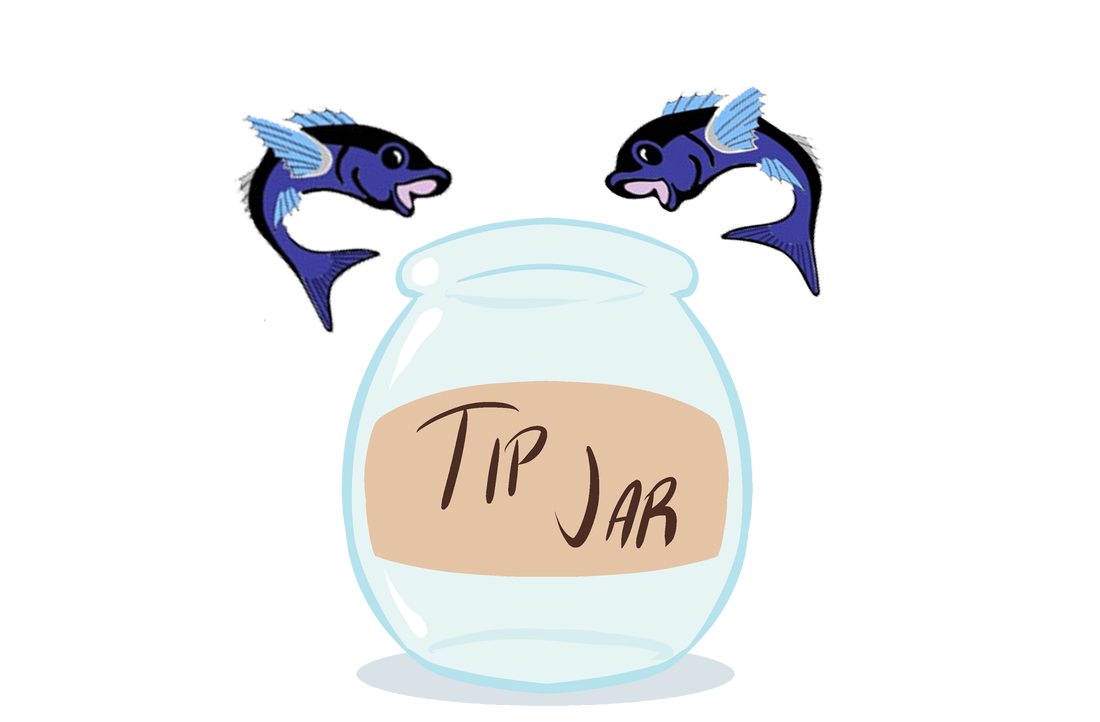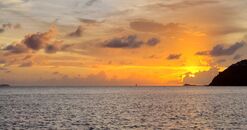 Rendezvous Bay
Rendezvous Bay There wasn’t much to do in Haulover Bay. There is a small beach buttressed by a rocky shoreline on either side. The lack of amenities means it is great for a couple things, peace and quiet. We had a relaxing night lazily drifting with the swell and listening to the waves roll onto the small beach and up the rocky walls.
The sun rose early over St. John. Haulover bay was a dark starlit lonely anchorage. Slowly the morning sun started to rise in the East. Steadily and effortlessly it climbed above the tall green hills surrounding the bay. Just as the first rays of the Caribbean Sun started to evaporate away the morning dew the crew of Unwritten Timeline was up and preparing the boat for a short hop to Genti Bay on the South side of the island.
With such a short trip planned for the day the sails stayed stowed and the two diesel engines took Unwritten Timeline steadily around the Eastern shores of St. John. We passed beautiful homes situated on the cliffs of St. John exquisitely positioned to make the most of the sunrise each day.
We motored into Genti Bay and found two mooring balls the park service has placed for day use. Lisa motored up to one as Dave deftly tied the mooring lines. Once Unwritten Timeline was secured the engines were shut down and the tender was lowered. We drove the tender to an idyllic stretch of Caribbean sand just at the foot of a trail.
The trail led to the Reef Bay Sugar Factory. The first sugar plantation on this land was started in 1725. After Reef Bay Estate was formed a new sugar factory was used for processing sugarcane into sugar and Rum. The sugar factory continued to operate until 1908. In the 1960s the sugar factory ruins were restored by Virgin Island National Park and the property was added to the U.S. National Register of Historic Places in 1981. Today the sugar mill is no longer occupied by workers. Now an amazingly large population of hermit crabs run the sugar mill grounds. There are too many to count. The ground seems alive with moving shells and the red and brown legs of hermit crabs moving every which way possible.
The hermit crabs have overtaken the old sugar mill but there are many more walking underfoot along the trail leading to the Petroglyphs of Reef Bay. Lisa and I made our way through the tropical canopy along the Reef Bay Trail. The Petroglyphs on St. John are remnants of the Taino culture that would have greeted Columbus when he arrived. These were the earliest known inhabitants of St. John. Their artwork is still etched in the bedrock of the island to this day.
We were able to see the petroglyps and check out the magnificent waterfall our friends aboard Smitty told us about. Well, there was water…and it was falling. Even though the waterfall wasn’t exactly awe inspiring it still was a great way to spend a day on St. John.
We made our way back down the trail to our tender. We had to leave the bay before sunset. The park service does not permit overnight stays on their mooring balls in Genti Bay. We moved over to Rendevouz Bay for the night to enjoy a perfect sunset before we set sail for Martinique the next day.
Next week we have a rousing sail South to Martinique and meet up with our good friends aboard S/V Smitty.
The sun rose early over St. John. Haulover bay was a dark starlit lonely anchorage. Slowly the morning sun started to rise in the East. Steadily and effortlessly it climbed above the tall green hills surrounding the bay. Just as the first rays of the Caribbean Sun started to evaporate away the morning dew the crew of Unwritten Timeline was up and preparing the boat for a short hop to Genti Bay on the South side of the island.
With such a short trip planned for the day the sails stayed stowed and the two diesel engines took Unwritten Timeline steadily around the Eastern shores of St. John. We passed beautiful homes situated on the cliffs of St. John exquisitely positioned to make the most of the sunrise each day.
We motored into Genti Bay and found two mooring balls the park service has placed for day use. Lisa motored up to one as Dave deftly tied the mooring lines. Once Unwritten Timeline was secured the engines were shut down and the tender was lowered. We drove the tender to an idyllic stretch of Caribbean sand just at the foot of a trail.
The trail led to the Reef Bay Sugar Factory. The first sugar plantation on this land was started in 1725. After Reef Bay Estate was formed a new sugar factory was used for processing sugarcane into sugar and Rum. The sugar factory continued to operate until 1908. In the 1960s the sugar factory ruins were restored by Virgin Island National Park and the property was added to the U.S. National Register of Historic Places in 1981. Today the sugar mill is no longer occupied by workers. Now an amazingly large population of hermit crabs run the sugar mill grounds. There are too many to count. The ground seems alive with moving shells and the red and brown legs of hermit crabs moving every which way possible.
The hermit crabs have overtaken the old sugar mill but there are many more walking underfoot along the trail leading to the Petroglyphs of Reef Bay. Lisa and I made our way through the tropical canopy along the Reef Bay Trail. The Petroglyphs on St. John are remnants of the Taino culture that would have greeted Columbus when he arrived. These were the earliest known inhabitants of St. John. Their artwork is still etched in the bedrock of the island to this day.
We were able to see the petroglyps and check out the magnificent waterfall our friends aboard Smitty told us about. Well, there was water…and it was falling. Even though the waterfall wasn’t exactly awe inspiring it still was a great way to spend a day on St. John.
We made our way back down the trail to our tender. We had to leave the bay before sunset. The park service does not permit overnight stays on their mooring balls in Genti Bay. We moved over to Rendevouz Bay for the night to enjoy a perfect sunset before we set sail for Martinique the next day.
Next week we have a rousing sail South to Martinique and meet up with our good friends aboard S/V Smitty.

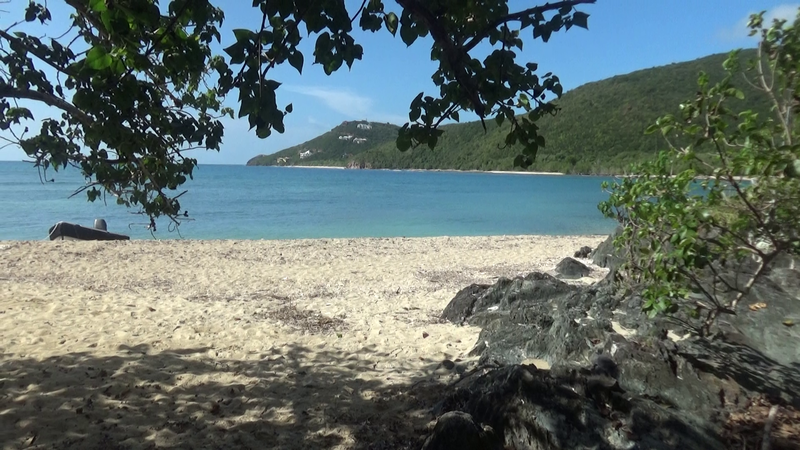
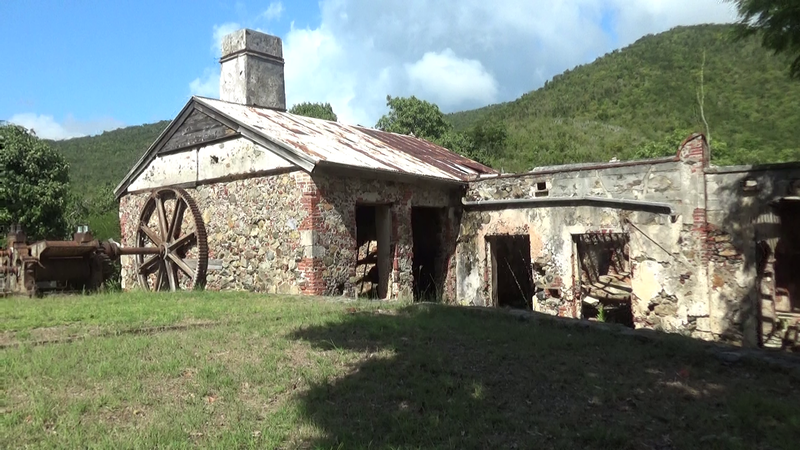
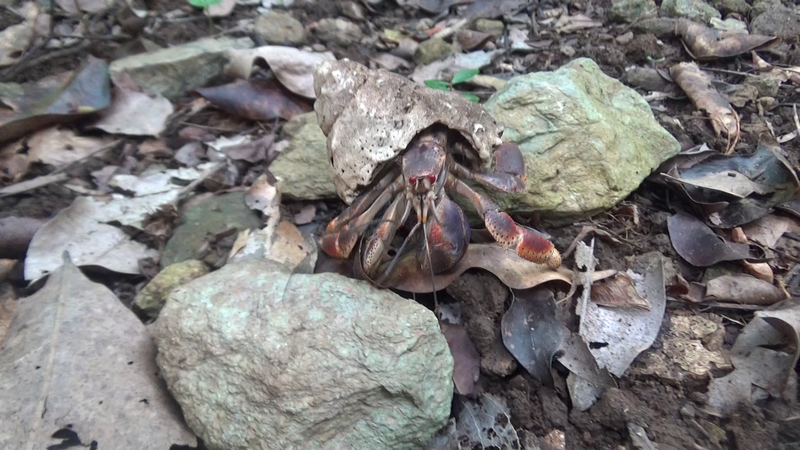
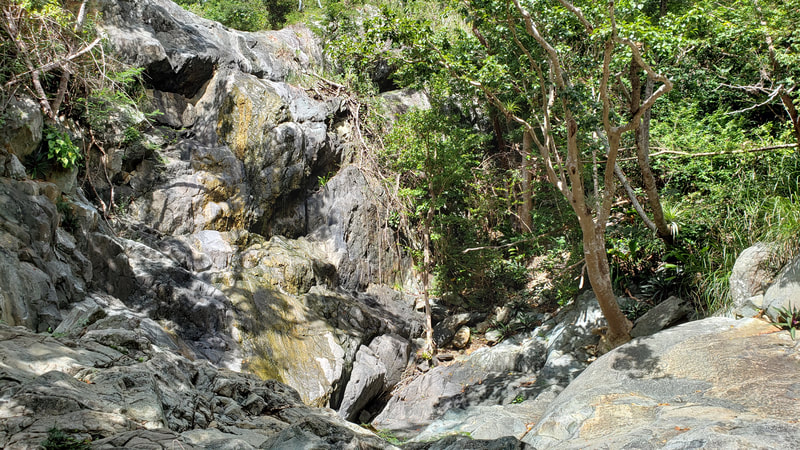
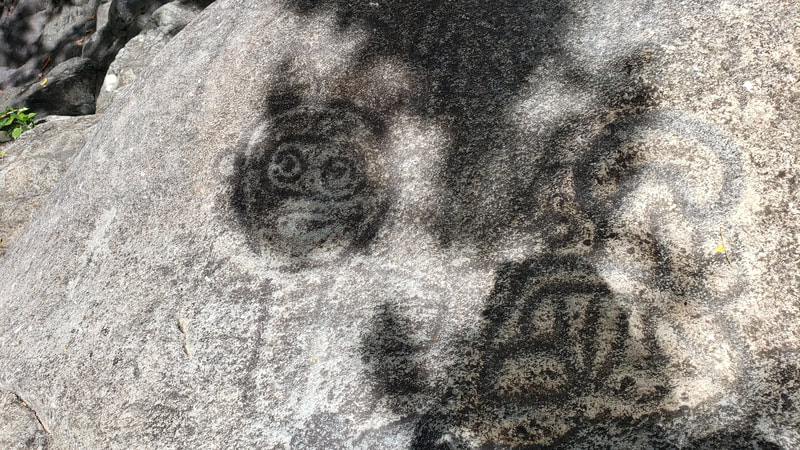
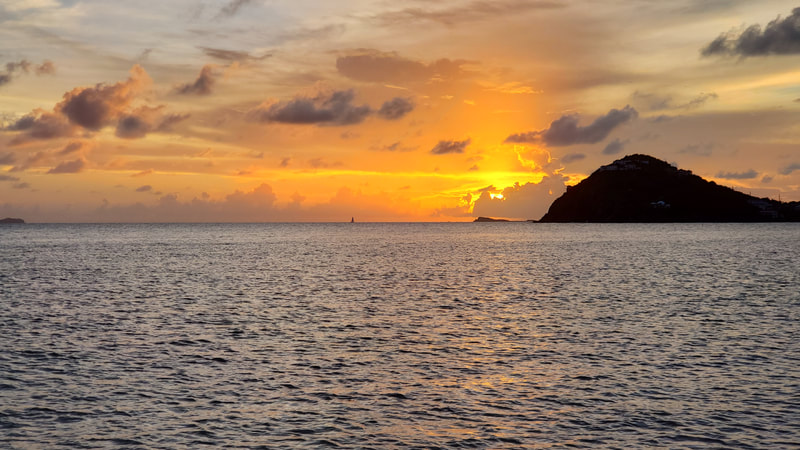
 RSS Feed
RSS Feed
